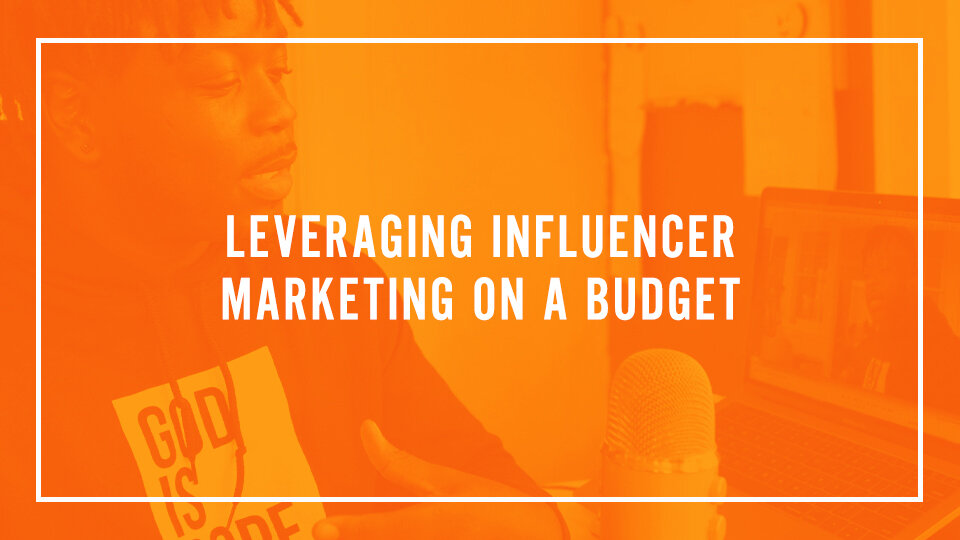In the ever-evolving landscape of digital marketing, the power of influencer marketing has become increasingly apparent. Gone are the days when "endorsements" were the exclusive domain of authors, speakers, and athletes commanding hefty sponsorship fees for their seal of approval.
As someone who first navigated the influencer marketing world under these traditional terms, I've witnessed firsthand the transformation into a more accessible, dynamic strategy that, when approached correctly, can significantly amplify your brand's reach without depleting your resources.
The Evolution of Influence
I first used influencer marketing a long time ago. Back then, it was predominantly called "endorsements," and it required finding prominent figures like authors, speakers, and athletes and then paying them a substantial sponsorship fee to endorse a product. A lot has changed since those early days.
The influencer marketing arena has expanded and evolved, allowing us to leverage people who hold sway within our target audience for much less money, provided we navigate our strategy with insight and creativity.
1. Identifying Micro-Influencers and Nano-Influencers
The shift towards micro (10,000 to 100,000 followers) and nano-influencers (1,000 to 10,000 followers) marks a significant departure from traditional endorsement models. These influencers might have smaller followings, but their close-knit relationship with their audience fosters higher engagement rates and more targeted outreach. Collaborating with these influencers can result in authentic engagement at a fraction of the cost.
2. Offering Non-Monetary Compensation
Budget constraints don't have to be a barrier to successful influencer partnerships. Non-monetary compensations, such as product exchanges or exclusive experiences, can serve as enticing incentives for influencers genuinely interested in your brand. This approach not only saves costs but also enriches content authenticity.
3. Leveraging Your Existing Community
Your most powerful influencers might already be among your followers or customers. Engaging these brand advocates can transform them into potent ambassadors, creating a symbiotic relationship where both parties benefit from shared growth and visibility.
4. Focusing on Authentic Partnerships
The essence of effective influencer marketing lies in authenticity. Partnerships should resonate with the influencer’s audience and reflect shared values and interests. Authentic collaborations are not only cost-effective but also drive better engagement and conversions.
5. Utilizing Influencer Platforms
Technology has simplified the process of connecting with influencers. Platforms and marketplaces designed to match brands with influencers can accommodate various budgets, making it easier to find the right fit for your campaign objectives without overspending.
6. Collaborating on Creative Campaigns
Influencers thrive on creativity. Proposing unique campaign ideas that align with their style and audience can lead to innovative collaborations that spark interest and engagement without requiring a hefty investment.
7. Measuring and Optimizing
The importance of tracking campaign performance cannot be overstated. Analyzing metrics allows you to refine your approach, ensuring future investments are directed toward strategies with proven impact.
The realm of influencer marketing has come a long way from its roots in traditional endorsements. Today, it offers a scalable, cost-effective way for brands to connect with their audience through voices they trust and respect.
By embracing the evolution of this dynamic field, organizations of all sizes can harness the power of influence to expand their reach and grow their audience, all without breaking the bank.















